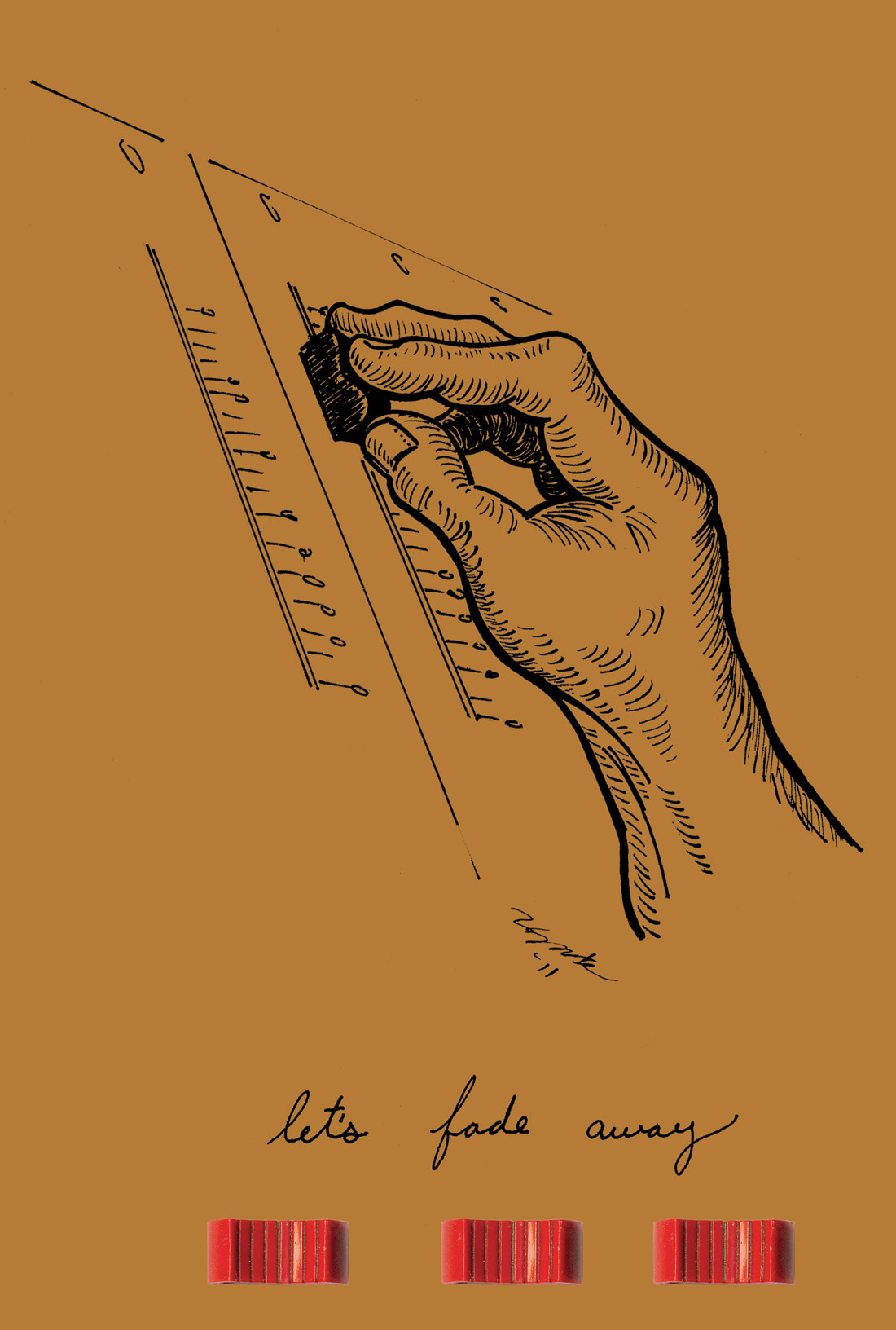sE Electronics recently teamed up with Rupert Neve to produce a new series of microphones, including the RNR1 active ribbon (Tape Op #85) and the RN17 small-diaphragm condenser. The principle designs were inspired by Rupert Neve and engineered and built by sE Electronics. True to all Neve designs, a high-quality, hand-wound output transformer is integral to the product, and the RN17 proudly shows the transformer’s location with a large bulge in its otherwise pencil-shaped body. Overall, the mic is about 8’’ long and finished with the RN series’ signature rubberized black coating. The RN17 ships in a wooden box, with a sturdy and versatile shockmount, all housed in an aluminum briefcase. Only a cardioid capsule is included, but other capsules will soon be available for purchase, including a side-address figure-8, hypercardioid, omni, and others. The capsule is housed in a milled metal canister that fits nicely into a cutout in the foam lining of the wooden box. The cardioid capsule is a gold-sputtered, 17 mm diaphragm, and it exhibits a basically flat frequency response from 20 Hz to 20 kHz, a low noise floor, and a sensitivity rating typical of this type of mic. Incredibly, even with no pad or rolloff available, the maximum SPL is rated at a whopping 150 dB!
Having tried the RNR1 ribbon mic, I was eager to demo the RN17. sE produces a strong lineup of microphones, and the Neve partnership further steps up the image. Over a few weeks, I had the opportunity to use the RN17 on several sessions and many different instruments. My first session was recording percussion, and the first comment by the percussionist was, “Wow, this shaker sounds huge!” The overall sound of the mic is very natural, with a low-end proximity-boost one would not expect from a small-diaphragm mic. All percussion, from tambourine to shakers to congas, sounded natural and clear with no crunchiness or smeary, distorted transients. In fact, I can’t think of any condenser mic that reproduces cymbals, hat, and other metal percussion as cleanly as this mic. Next up, on acoustic guitar, the RN17 was placed side-by-side with my usual favorite German small-diaphragm condenser. The RN17 sounded a little more natural — not so hyped in the high end and again a little bigger on the bottom. For acoustic based music, this could easily become one of my go-to choices for acoustic guitar, with the caveat that placement is critical to avoid capturing too much low-frequency energy. Close mic’ing a 9 ft grand piano with a stereo pair of RN17s showed the mic’s superb imaging and large, natural sound. In my pop mix, I had to roll off much of the bass, but the stereo field was terrific, and for featured piano music, especially classical or jazz, this mic will become a standard. Every other source
The RN17’s cost is up there among most revered names, but the RN17’s features like interchangeable capsules, superb build quality, excellent sound quality, and association with Rupert Neve assure the longevity and future classic status of the RN17. ($1199 street, $2749 matched pair; www.seelectronics.com, www.fingerprintaudiocom)
–Adam Kagan <adamkagan@mac.com>
Accessories, Microphones | No. 133
AxeMount Mic Clip
by John Baccigaluppi
I love simple, thoughtfully-designed tools for the studio that solve a common problem, and do so inexpensively. The Royer Labs R-121 [Tape Op #19] ribbon mic is one of the few products made in the...




_disp_horizontal_bw.jpg)